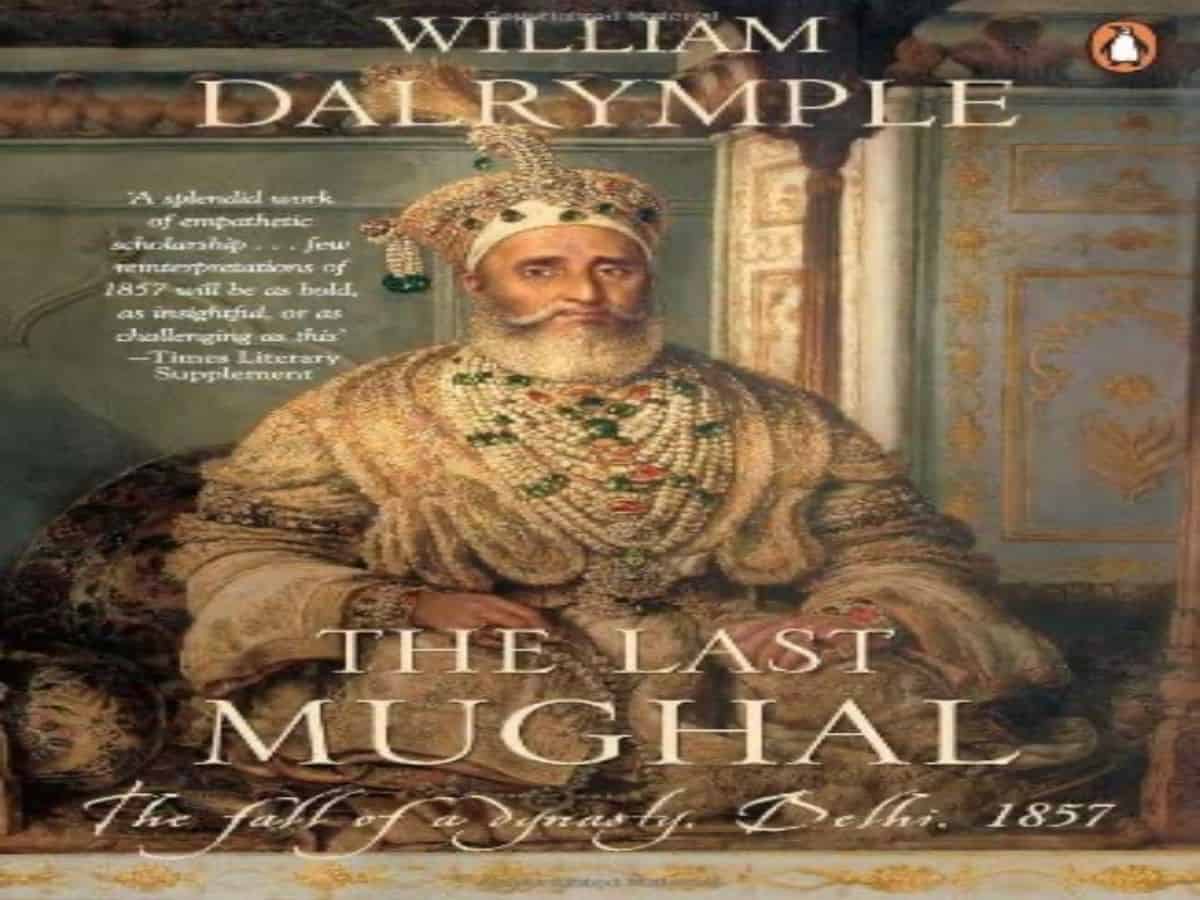

1857 is a brief chapter in the history that we studied in school. Of Grenades laced with Pork / Beef tallow to make them more effective and how the Hindus and Muslim soldiers fighting for her majesty’s empire revolted against the British for this – leading to the first war of independence and how it laid the foundations for the freedom of India from British. And voila in 1947 – we got our long overdue freedom from British and the tri-color flew from the ramparts of Red Fort of an independent India. This is speed-reading of history by school students. Beyond this air brushed version of pre-independent Indian history is the fascinating tale of Bahar Shah Zafar, the last Moghul emperor.
It needs a master story-teller like William Dalrymple to unpeel the onion and transport us back to the dying days of a once powerful Mughal empire (or what remained of it in and around Delhi and its suburbs) into the life of Bahadur Shah Zafar – the last Mughal King – poet, linguist, calligraphist, connoisseur of art and literature, an inclusive ruler – and the circumstantial sponsor of the 1857 revolt against the might of the British Empire.
By 1850s – the expansive Moghul Empire was in its dying days – a large part of North was under the direct control of the British, with taxes drying up, the dynasty which gave us the Taj Mahal, Jumma Masjid, Red Fort and the Peacock throne was now struggling for survival and broke. It was restricted to the walled city and the king’s writ ran large possibly only within the bastions of the Red Fort where he was besieged with his multiple wives and their progeny and each one trying to wrest whatever little that they could of a fading and failing dynasty. To make matters worse, the Resident appointed by her Majesty’s Empire to oversee the protectorate kept a tight leash on the King unlike in the rest of the country where the Residents of the Empire were far more indulgent and gave their kings greater leeway and latitude. The great Mughal empire was in decline and it was at best lame duck and an impatient British were coveting Delhi, the most magnificent of the cities of the World and rated a notch higher than Samarkand, Istanbul (Constantinople) and Cairo for its well planned layouts, magnificent forts and buildings, busy bazaars and courtesans and poets. (Our much loved Mirza Ghalib was the court poet during Bahadur Shah Zafar’s reign).
Multiple events coalesce and what we have is what is now referred to as the First Battle of Independence – 1857. Of soldiers on revolt, of mercenaries out to make a quick buck, of a multitude of people with their grievances against the British and lacking a rallying force and a leader and Bahadur Zafar becomes the accidental sponsor of a revolt that he did not start but for which he paid badly.
The eye for detail, meticulous characterizations, of creating a world which is over 150 years old and getting it to life, taking us into the ambience of a world which existed a couple of generations ago – of the greed that laced most relationships, of the ambitions of the princes, the helplessness of an octogenarian and indigent King, the wiliness of his principal wife Zeenat Mahal and her ambitions for her son – Dalrymple takes us back to a time and presents the events in and around the 1857 revolt in vivid and evocative detail.
The might of the British empire was any day stronger and finally they get their upper hand and the rag-tag revolutionaries get their comeuppance. Like in most places where the empire ruled – the Brits take their revenge, conquer Delhi, systematically decimate all those involved in the revolt or supported the revolt the King already weak is captured and exiled into faraway Burma / Myanmar. The revolt which gave him a glimmer of hope of re-establishing the suzerainty of the Mughal empire which ruled Hindustan for over 300 years finally becomes the last nail in his coffin and he pays a heavy price and the dynasty falls and today, the last of the Timurid clan lies buried in a corner in the distant suburbs of Myanmar, unsung and unknown.
I have never read history which is so well written. Dalrymple is a seasoned raconteur of Indian history of recent times (possibly the best books on British India and the Raj are written by him – Check out The Anarchy, Kohinoor, The White Mughals ). He writes with empathy and compassion for the protagonists presenting an unbiased view of events buried in the past as a faithful chronicler of history and not as a voyeur pandering to western sensibilities which a lot of British born authors are guilty of.
This book must be made compulsory reading at the school level so that Indians understand history as it was one of the best books that I have read in recent times.
On a side note, read the kindle / e-Version where you can play around with the font size.
PS: While this book is in a class of its own, I would still rate Dalrymple’s ‘White Mughals’ – the doomed love story of the Asaf Jahi Dynasty’s Resident James Kirkpatrick and Khair-un-Nissa a notch higher more for the nostalgia of reading about the Asaf Jahi Dynasty which we Hyderabadis know more of.
Divakar Kaza is a retired Corporate Executive and an old Hyderabadi now residing in Bangalore.



